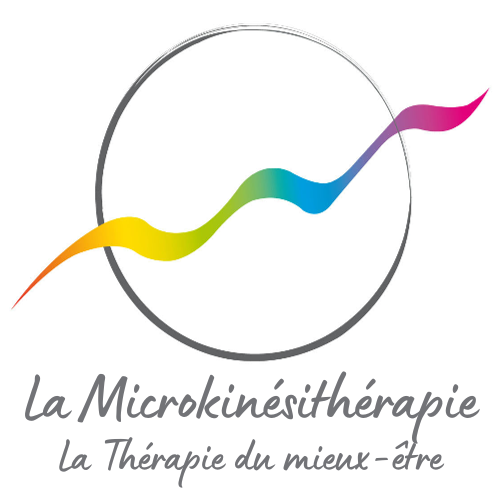Many of the foundations of this technique are very old:
- Therapies performed with the hands have always been practiced in different ways: massages among the Egyptians, shiatsu (micro-massages) in Chinese medicine, bending in Europe, joint manipulations, osteopathy in America, etc.
- The notion of reproducing the root cause was already present among the ancient Greeks (Hippocrates), who distinguished the medicine of opposites (allopathy) from the medicine of similarity (homeopathy). Homeopathy was mainly developed by Hahnemann in Germany in the 19th century, with its two great characteristics of similarity and infinitesimality.
- The correspondence between area and depth has been established for millennia in Chinese medicine and is confirmed in embryology in the description of the lateral mesoblast with its two layers, the superficial somatopleure with the muscles of the limbs and the deep splanchnopleure with the muscles of the viscera.
- Experimental forms of medicine developed by Claude Bernard (19th century) are based on a rational approach (Descartes), which consists of looking for the cause (origin, etiology) responsible for the effect (symptom, pathology, dysfunction). This cause is not necessarily or exclusively material in nature; it can also be vibratory or psychological (psychosomatic illness), as accepted and taught by universities.
- The classification of causes (etiologies) has been elaborated by going beyond the basic duality of the patient, by incorporating phylogenetic data on the evolution of species according to the summary law formulated in embryology in the 20th century.
- The genetic data of current science (epigenome) provide a better understanding of the notion of terrain and familial, transpersonal or transgenerational predispositions, as taken up and used in microkinesitherapy.
- The mechanisms of adaptation or compensation (analgesic attitude) and elimination (abcédation) grouped under the name of protection are mechanisms that are known and accepted in medicine. They occupy a large place in microkinesitherapy because, in chronic conditions, one finds most often traces of protective mechanisms which have passed from the effective stage to that of the inefficient and which are most often responsible for newly added pathologies.
